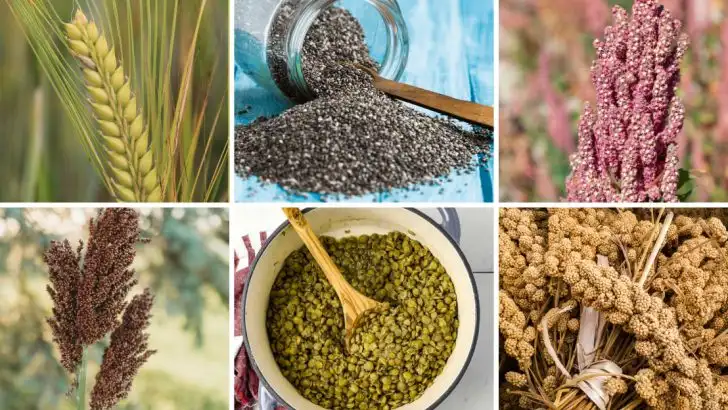Some crops have serious staying power. Long before supermarkets and seed catalogs, ancient civilizations were growing food that not only fed their people but shaped entire cultures. And surprisingly, a lot of those same plants are still thriving today—with barely a tweak to the original recipe.
These aren’t just historical footnotes; they’re practical, reliable crops that have stood the test of time. From grains to greens to root vegetables, they’re still showing up in gardens, farms, and kitchens around the world. There’s something pretty cool about planting the same things people were harvesting thousands of years ago—and still getting a solid yield.
Emmer Wheat
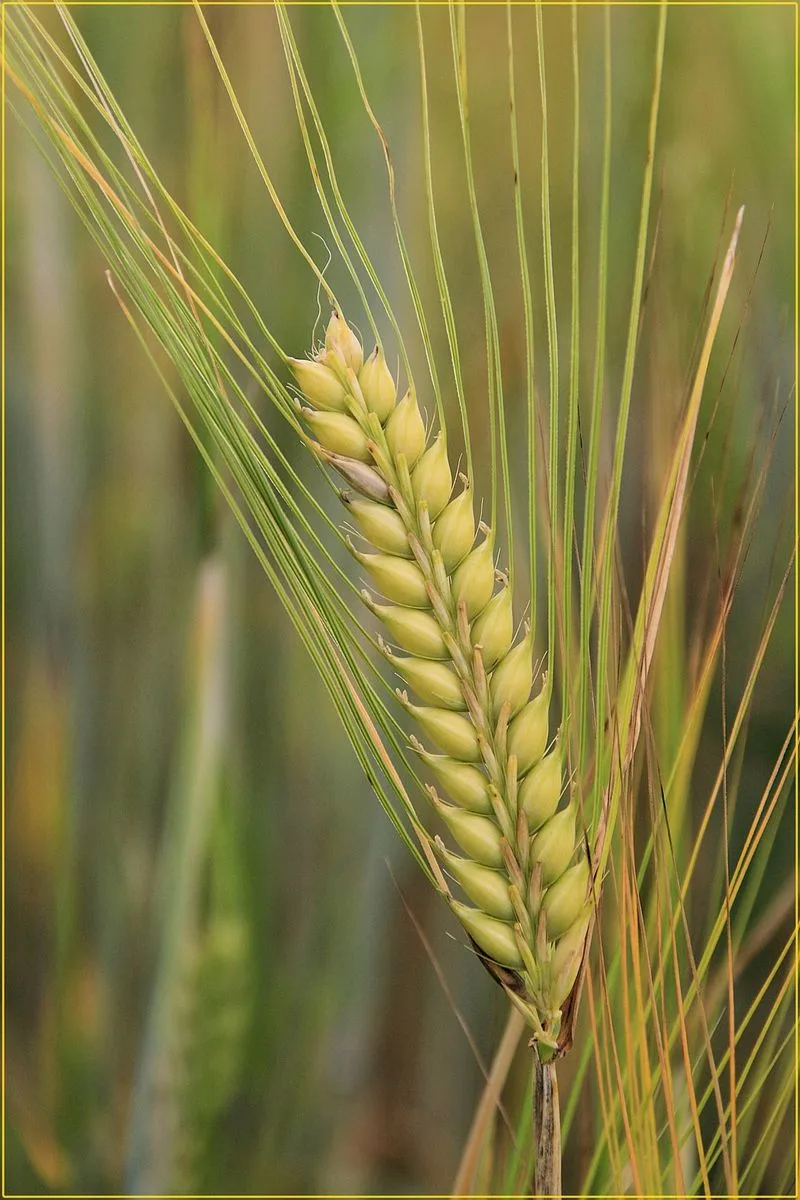
Known as one of the earliest cultivated grains, Emmer wheat has a rich history dating back to ancient civilizations. It’s not only resilient but also offers a nutty flavor that’s still appreciated today. Emmer was a staple in ancient Egypt, often depicted in their art and used in their daily bread.
Nowadays, it’s gaining popularity among health enthusiasts for its high fiber content. With its luscious golden hues, Emmer wheat fields create a picturesque landscape. A delightful blend of history and nutrition, this ancient grain continues to nourish and charm us.
Quinoa

Quinoa, the ‘mother grain’ as hailed by the Incas, is an Andean staple that has surged in modern popularity. Its adaptability to harsh climates made it a favorite among ancient civilizations.
Today, quinoa’s nutritional profile, rich in proteins and essential amino acids, makes it a superfood adored worldwide. The tiny seeds expand into fluffy grains when cooked, offering a delightful texture and nutty flavor. Whether in salads, soups, or as a standalone dish, quinoa continues to impress with its versatility and ancient charm.
Sorghum
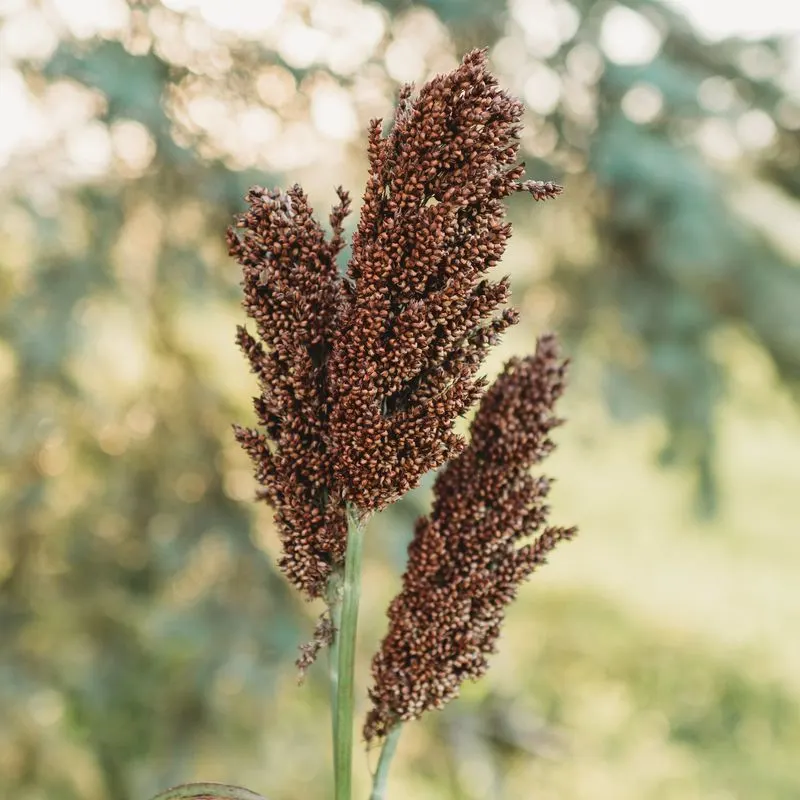
Sorghum, with its sturdy stalks, has been a cornerstone for ancient cultures, especially in Africa. Its ability to withstand drought and grow in less fertile soils made it indispensable.
The grain’s slightly sweet flavor makes it a favorite in traditional porridges and beverages. Sorghum is now gaining traction as a gluten-free alternative in the food industry. Its versatility extends to syrup and biofuel production, showcasing its multifaceted utility. A true testament to survival, Sorghum’s journey from ancient lands to modern kitchens is nothing short of remarkable.
Chia Seeds

Chia seeds, once a prized food of the Aztecs, have become a modern-day superfood sensation. These tiny black seeds are packed with omega-3 fatty acids, fibers, and antioxidants, providing a nutritional punch in a small package.
In ancient times, chia seeds were used in religious ceremonies and as currency, reflecting their high value. Today, they thicken smoothies, puddings, and even baked goods, providing a gel-like texture when soaked. From ancient Mesoamerica to your breakfast table, Chia seeds are a testament to enduring nutrition.
Lentils
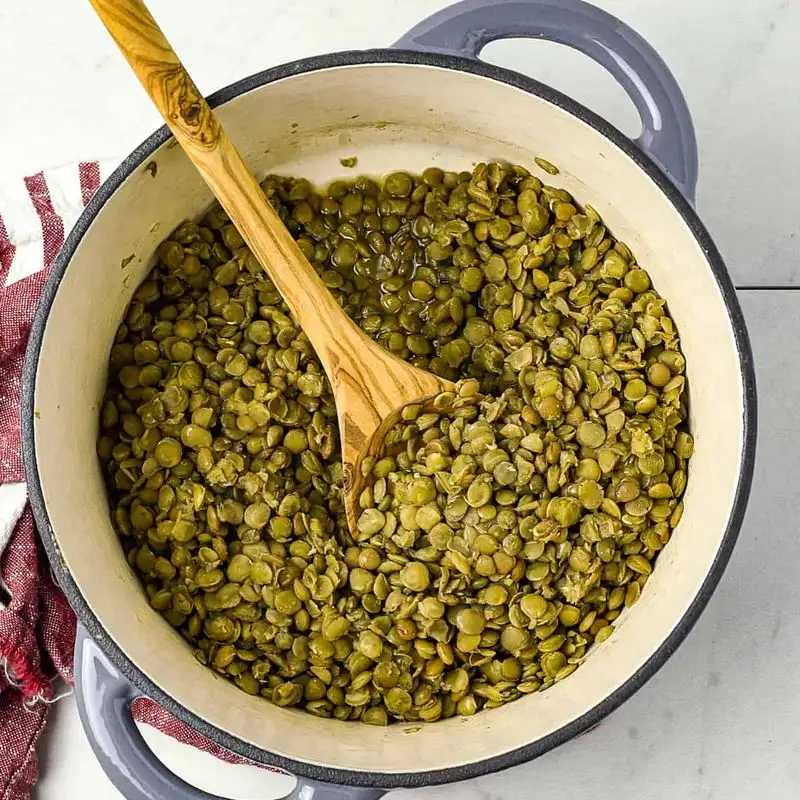
Lentils have been nourishing humanity since the dawn of agriculture, with evidence of cultivation dating back to ancient Mesopotamia. Known for their earthy taste and high protein content, they continue to be a vegetarian staple.
From hearty stews to delicate salads, lentils adapt to numerous culinary traditions. Their ease of growth and nutrient density made them a favored crop in times of scarcity. Whether brown, green, or red, lentils carry a historical legacy that continues to thrive in modern culinary scenes.
Barley
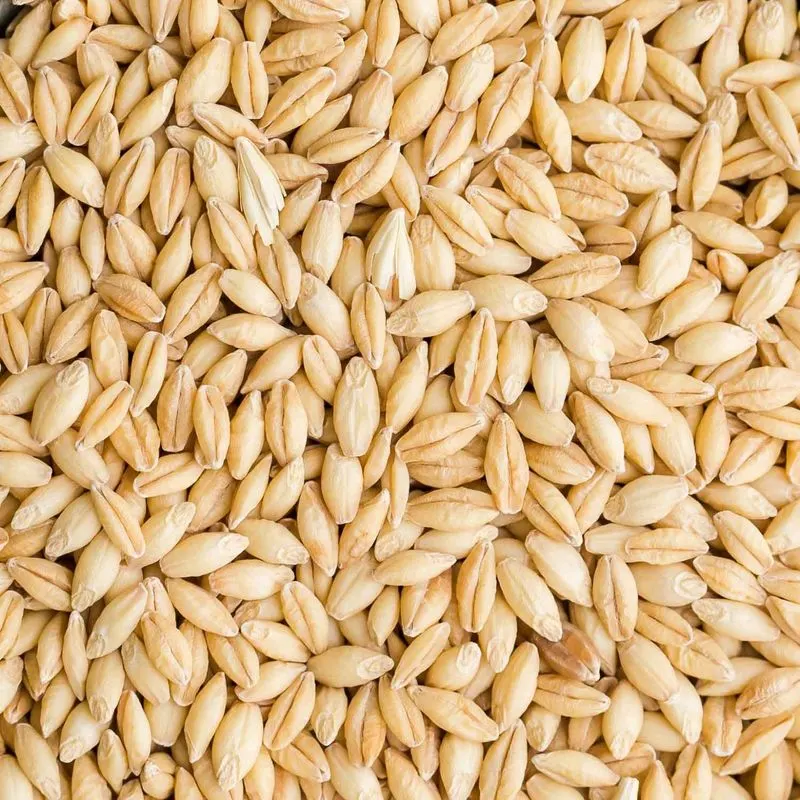
Barley, one of the oldest domesticated grains, has played a significant role in ancient civilizations, from the Middle East to Europe. Its versatility made it a staple in both food and drink, particularly beer.
Today, barley is appreciated for its nutty flavor and fiber content, contributing to various dishes from soups to risottos. Its resilient nature allows it to thrive in diverse climates, making it a favored crop even today. The golden waves of barley fields echo the agricultural success of our ancestors, connecting past and present.
Millet
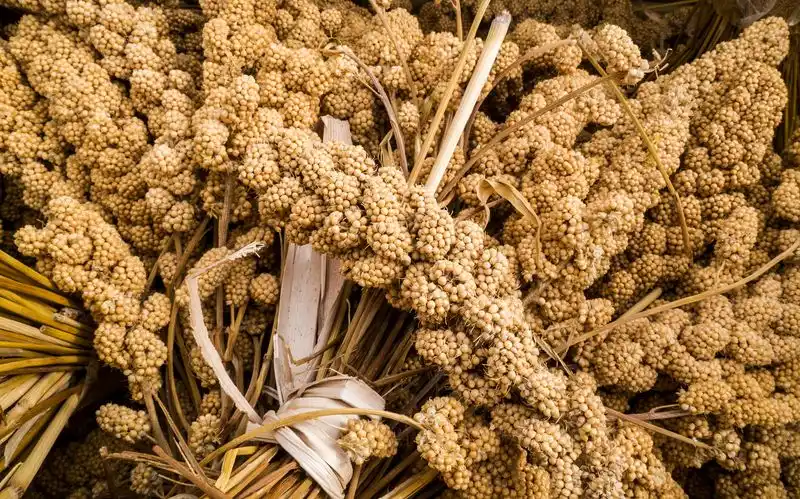
Millet, with its small seeds, has been a staple grain for ancient civilizations, especially in Africa and Asia. Its drought-resistant nature made it a reliable food source in arid regions.
Modern health enthusiasts praise millet for being gluten-free and rich in minerals. It finds its way into porridge, bread, and even beer, showcasing its culinary versatility. The resilience and adaptability of millet ensure its continued cultivation, bridging the gap between ancient diets and contemporary cuisine.
Spelt
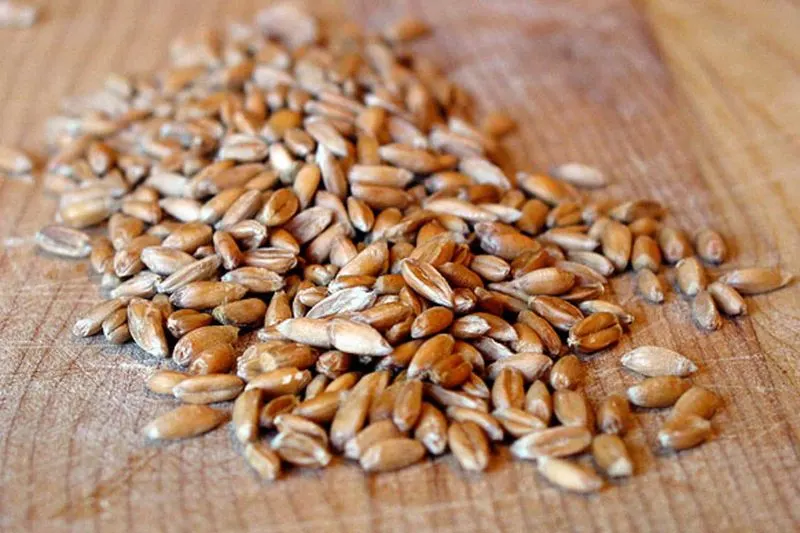
Spelt, an ancient wheat variety, was a favored crop in ancient Europe, revered for its nutty flavor and nutritional benefits. This hardy grain thrives in adverse conditions, requiring fewer fertilizers and pesticides.
Today, spelt’s distinctive taste enhances bread, pasta, and baked goods. Its lower gluten content appeals to those with mild sensitivities, while its nutritional profile supports a balanced diet. Spelt’s resurgence in modern agriculture highlights its enduring appeal and the timeless wisdom of our ancestors.
Amaranth
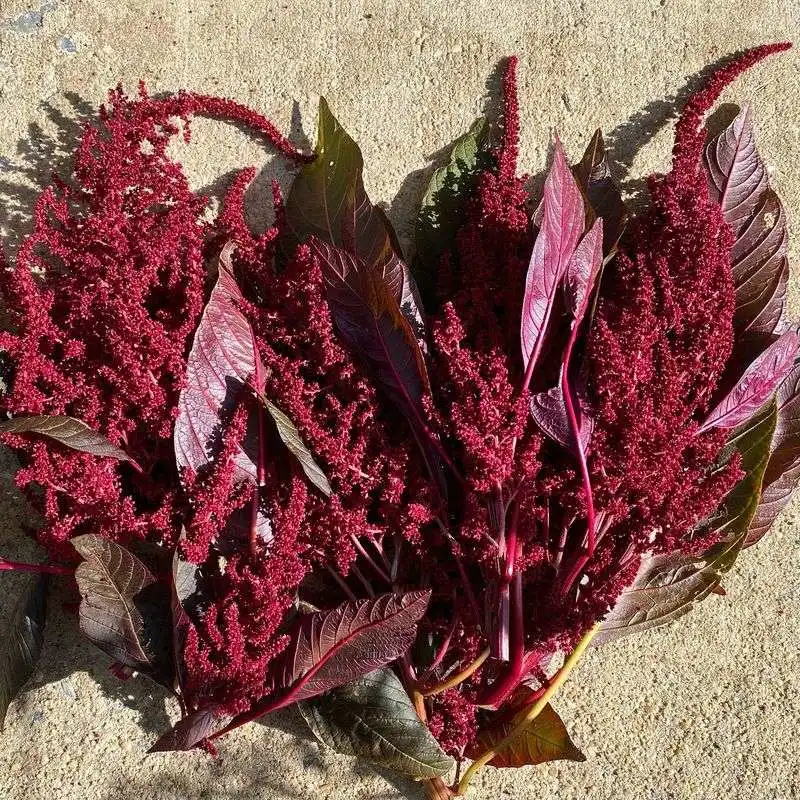
Amaranth, once a sacred crop for the Aztecs, continues to captivate with its vibrant colors and rich nutritional content. High in proteins and essential amino acids, it supports a balanced diet.
This resilient plant grows in various climates, offering seeds and leaves for culinary use. Amaranth can be popped like popcorn, added to soups, or ground into flour, making it a versatile addition to any kitchen. The resurgence of amaranth in modern agriculture reflects its enduring legacy and the timeless appeal of ancient crops.
Teff
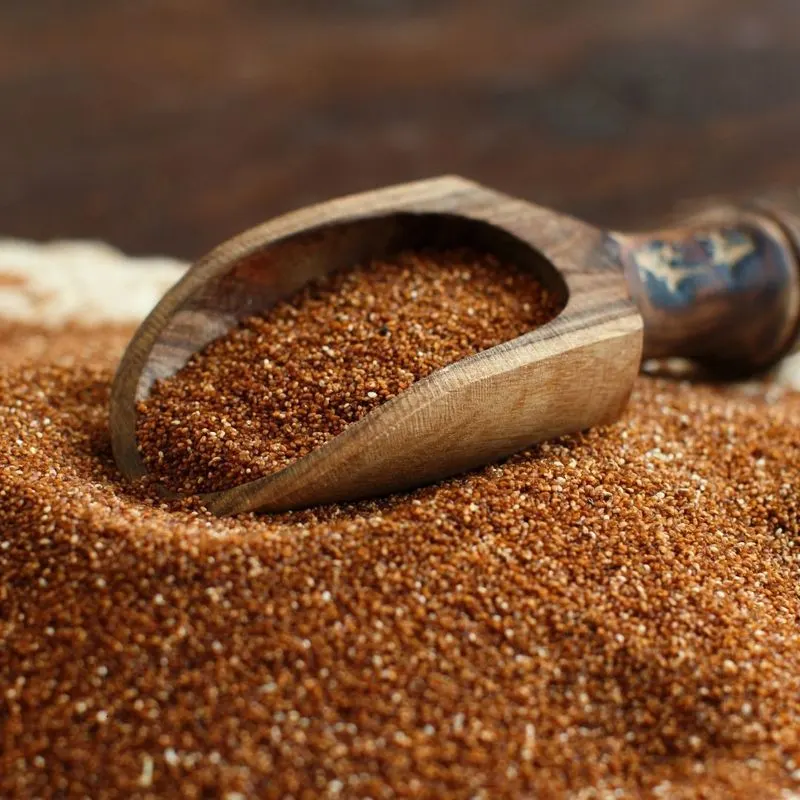
Teff, a tiny grain with monumental historical significance, has been a staple in Ethiopian cuisine for centuries. Its nutrient-rich profile is celebrated in traditional dishes like injera.
Teff thrives in harsh conditions, providing a reliable food source where other crops might fail. This naturally gluten-free grain is now gaining global attention for its versatility and health benefits. As it crosses cultural boundaries, teff continues to honor its ancient roots while enriching modern diets.
Farro
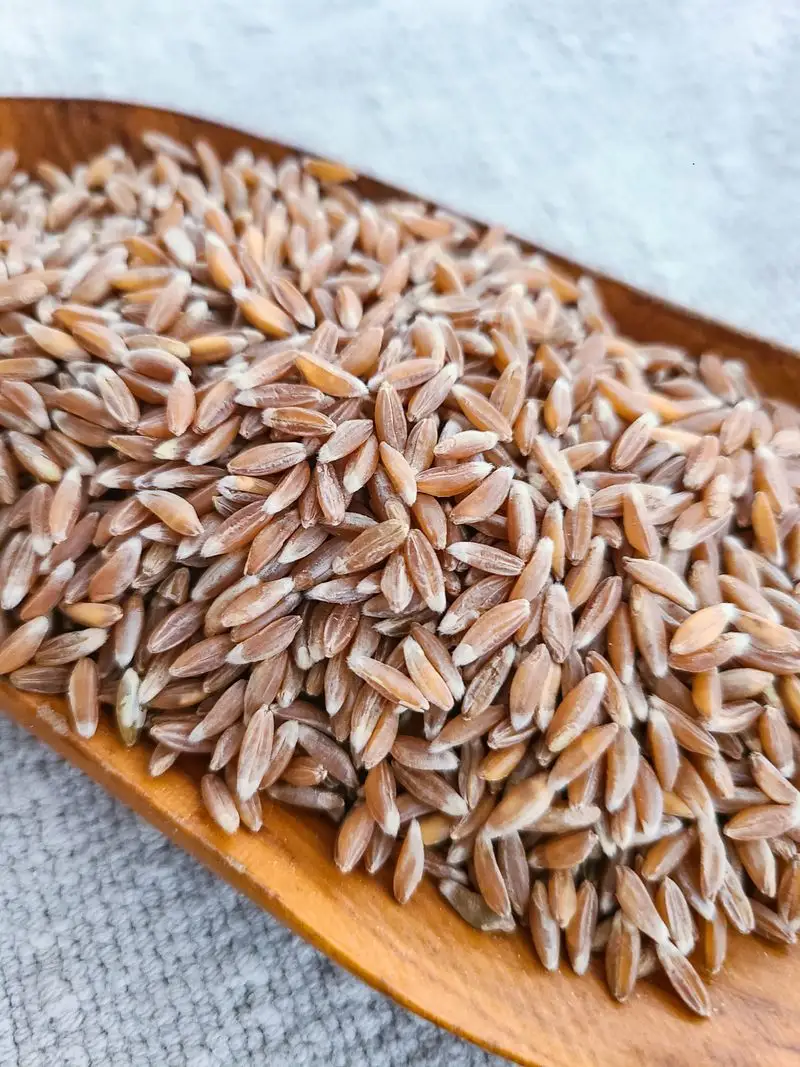
Farro, an ancient grain revered by the Romans, offers a chewy texture and nutty flavor that persist in Italian cuisine. Known also as ‘the mother of all wheat,’ farro’s resilience made it a staple in Roman agriculture.
Today, it enriches salads, soups, and risottos, celebrated for its nutritional content and adaptability. Farro’s historical roots and modern culinary applications showcase a remarkable journey from ancient fields to contemporary kitchens, offering a taste of history in every bite.
Buckwheat
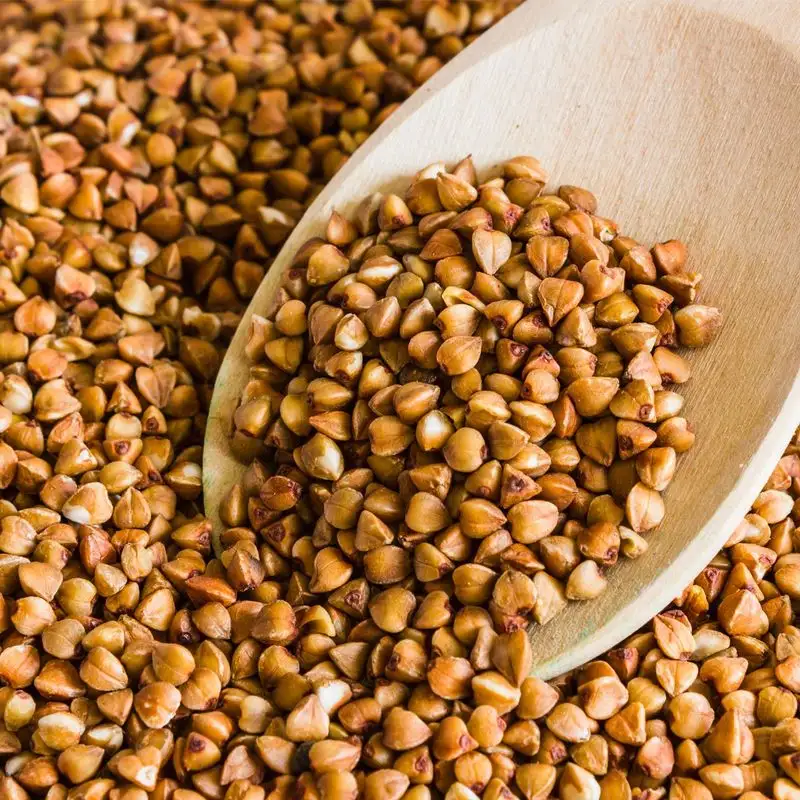
Buckwheat, despite its name, isn’t a wheat but a pseudo-cereal cherished for centuries, especially in Eastern Europe and Asia. Its robust flavor and high nutritional content make it a staple in various traditional dishes.
From hearty pancakes to savory noodles, buckwheat delivers earthy notes and health benefits. As a nutrient-dense, gluten-free alternative, its popularity continues to grow. Buckwheat’s journey from ancient farms to modern tables highlights its timeless appeal and culinary versatility.
Fonio
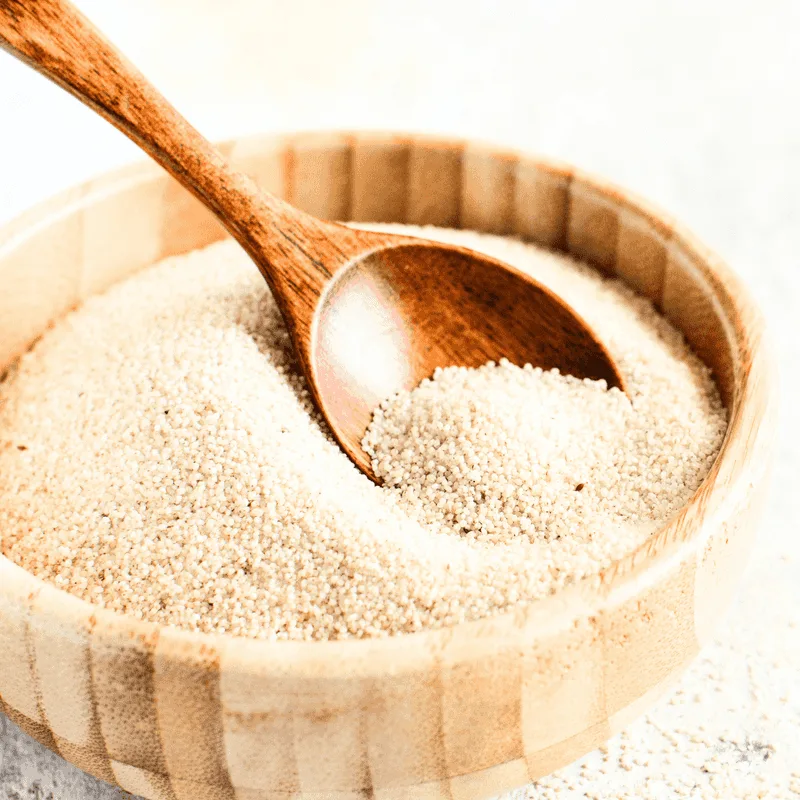
Fonio, one of Africa’s oldest cultivated grains, holds cultural significance in West African traditions. This tiny, gluten-free grain is celebrated for its rapid growth and ability to thrive in poor soils.
Rich in amino acids and micronutrients, fonio offers a soft texture and mild flavor, making it a versatile ingredient in both sweet and savory dishes. As awareness of fonio’s nutritional benefits spreads, it gains popularity beyond its traditional roots, connecting ancient customs with modern wellness.
Chickpeas
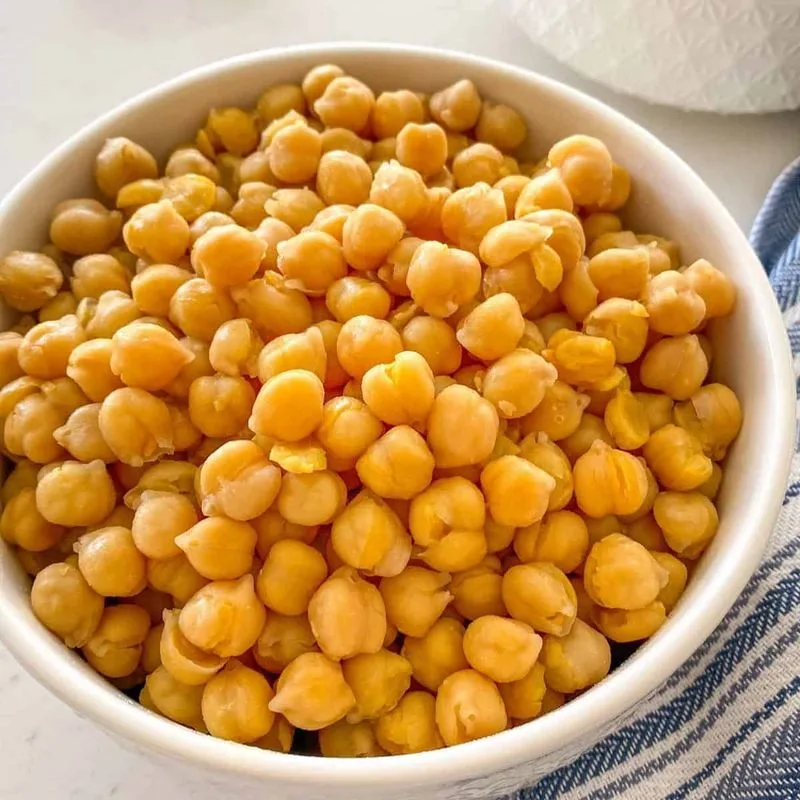
Chickpeas, also known as garbanzo beans, have been cultivated for thousands of years, with origins in the Middle East. This protein-rich legume is a cornerstone of Mediterranean and Indian cuisines.
From creamy hummus to hearty stews, chickpeas deliver a satisfying texture and nutty flavor. Their adaptability and nutrient density make them a favorite among vegetarians and health enthusiasts. Chickpeas’ journey from ancient plots to global plates underscores their lasting dietary and cultural relevance.

